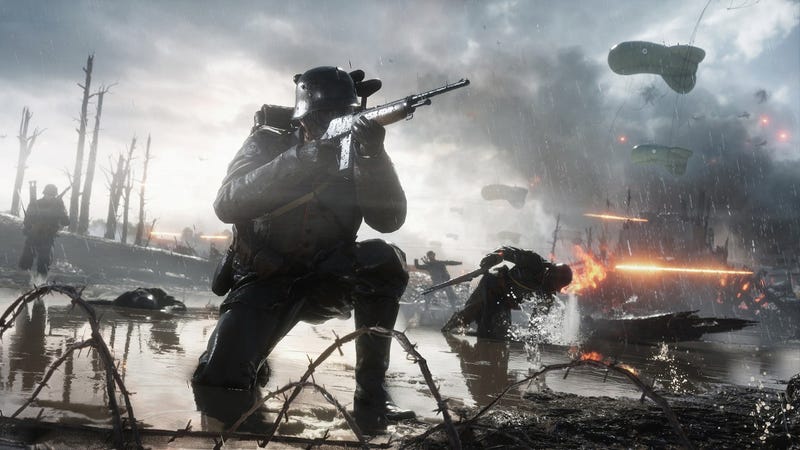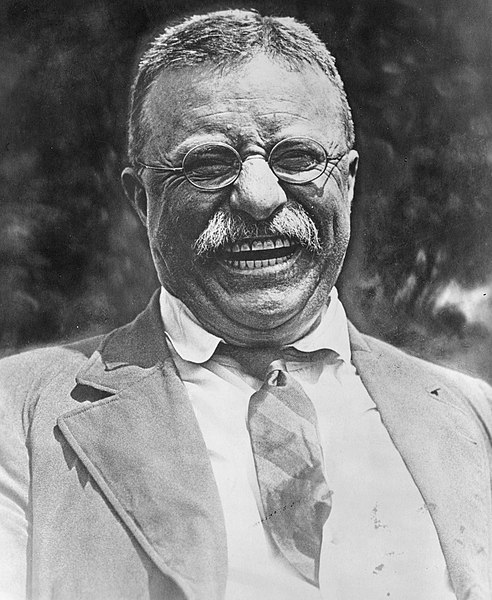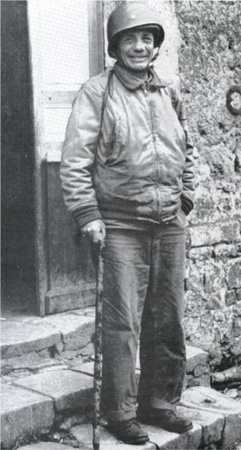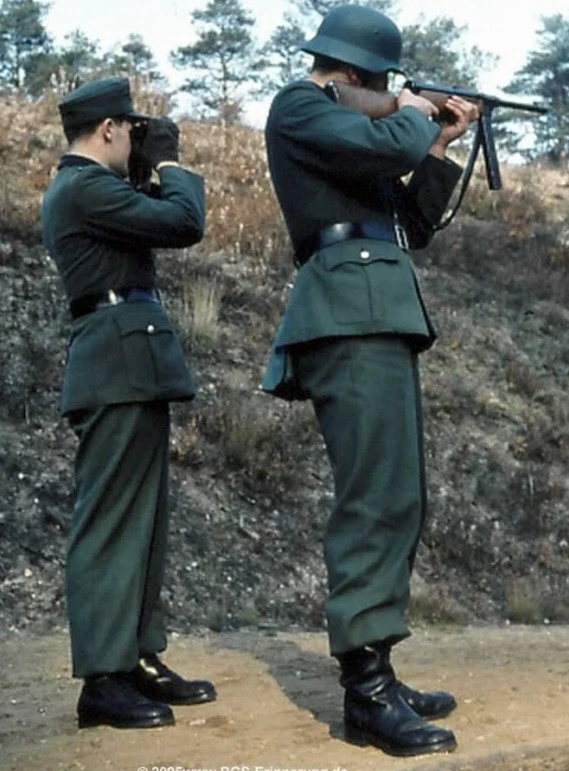It's Douglas MacArthur.May I please ask who the other gentleman in this photograph of JFK happens to be? (he has a good "Look" for Morrel and I would be interested in looking up other photographs of this person, in the hope of finding one that can be used as a "Life Model" for The General in his younger days).
You are using an out of date browser. It may not display this or other websites correctly.
You should upgrade or use an alternative browser.
You should upgrade or use an alternative browser.
Photos from Featherston's Confederacy/ TL-191
- Thread starter Alternatehistoryguy47
- Start date
-
- Tags
- the rising sun
That man with Kennedy is actually Douglas MacArthur.May I please ask who the other gentleman in this photograph of JFK happens to be? (he has a good "Look" for Morrel and I would be interested in looking up other photographs of this person, in the hope of finding one that can be used as a "Life Model" for The General in his younger days).
You should, it's worth a re-read.I really need to reread the series...


Two screen shots from the video game, Battlefield 1. The top screen shot portrays United States soldiers during the street to street fighting in Washington D.C. The bottom screen shot portrays a United States medic on the Roanoke Front armed with a Winchester Model 1907. In reality, this particular rifle was used by the United States Air Service during the First Great War.
That man with Kennedy is actually Douglas MacArthur.
Without his trademark cap, corncob and aura of hubris I barely recognised the man, even AFTER his identification!

This iconic photograph of President Theodore Roosevelt was taken in 1917, when Roosevelt received word of the surrender of the Confederate States of America. He would later use the momentum of the United State's victory of the Confederacy to gain a third term in 1920, unfortunately he wouldn't be smiling and laughing then as he lost the election to the Socialist Party candidate Upton Sinclair. Despite the lack of a third term, Roosevelt is still revered as one of the greatest President in history.

Brigadier General Theodore Roosevelt Jr. is photographed in Chattanooga, Tennessee after General Irving Morrell's forces took the city. Even though his arthritis and heart problems rendered him to using a cane, he still led troops during Morrell's drive into the Confederacy.
Having the name of one of the most influential politicians of the time, and being his son, can come with a lot of perks, such as term in the New York State Assembly, of which he resigned from to volunteer in the First Great War. During the campaign of 1920, he and his father discussed the possibility of T.R. Jr. being his Secretary of the Navy, of which didn't happen as his father lost the Election. President Upton Sinclair appointed him the Governor of the Sandwich Islands. During his time in the Sandwich Islands, he often interacted with other prominent Democrats, including dormer Governor Calvin Coolidge (pictured with Roosevelt below), who promised to make Roosevelt the Secretary of the Navy in his Presidency. This became a reality, but not under Coolidge, but under his running mate, Herbert Hoover, as Coolidge died after he was elected.

Due to his allegiance to the Democratic Party, a rift was created between him and his fifth cousin, Franklin D. Roosevelt, a member of the Socialist Party and the Assistant Secretary of War. Upon being asked on how he was related to Franklin, Theodore answered with "Fifth cousin, about to be removed." This rift ultimately healed at the start of the Second Great War, in which Franklin pulled several strings, thus allowing Theodore to gain a position as a Brigadier General in Irving Morrell's army, serving from the U.S. Victory at Pittsburgh to the Confederacy's final surrender and dissolution in Pineville, North Carolina. After the forming of the Atlantic Military District, Morrell appointed Roosevelt to be in charge of the North Carolina section of the District. Due to the war ending in July of 1944, he was unable to participate in the Democratic National Convention in June, one month earlier, but ultimately endorsed Thomas Dewey, a fellow New Yorker, for President. He was unable to attend the Inauguration in February due to his occupational duties. Theodore Roosevelt Jr. would later die of a heart attack in Raleigh, North Carolina, on the 12th of July, 1945. He was buried at Arlington National Cemetery alongside his father.

John M. Parker was a well known member of the Radical Liberal Party of the Confederate States of America. He became well known around his home state of Louisiana when he campaigned for Doroteo Arango in the Presidential Election of 1915. After The Great War, he was elected Governor of Louisiana, serving for four years. After his term as Governor, he became very active in Radical Liberal politics. In the election of 1927, he managed to gain the Presidential Nomination but lost to Burton Mitchell of the Whigs. After Jake Featherston of the Freedom Party gained the Presidency in 1933, he made a plan with Louisiana Governor Huey Long to run in 1939. Unfortunately, Parker was purged along with other Radical Liberals after Huey Long's assassination in 1937.
The way I see it, the reason he didn't get that third term, is because of the returning veterans. He did nothing to help them after war.
The hideous cost of that triumph may well have played a part - my calculations indicate that, assuming a US population of approximately 68 Millions in 1914 and a casualty ratio comparable to that of Germany (which was in a similar strategic position) the United States of America would have lost somewhere between 2,305,200 & 2,937,600 (say 2,621,400?); that figure represents only the KIA - assuming that the portion of the population wounded in Battle would be equal to 6.5% of the population (again based on Germany) that indicates 4,420,000 wounded and all too many of them maimed for life.
Seven million, forty-one thousand and four hundred is a pretty steep price for Kentucky, West Texas, whatever was left of Canada and an extra spring in TR's step.
Pepe is an anthropomorphic frog character from the comic series "Boy's Club" by Matt Furie. On 4chin, various illustrations of the character has been used as reaction images. In recent times the character has been under controversy as users from 4chin have depicted Pepe, as a member of the Action Francaise or the Freedom Party, committing atrocities, such as taking part in population reduction.
I was wondering when Pepe was going to show up.View attachment 389357
Pepe is an anthropomorphic frog character from the comic series "Boy's Club" by Matt Furie. On 4chin, various illustrations of the character has been used as reaction images. In recent times the character has been under controversy as users from 4chin have depicted Pepe, as a member of the Action Francaise or the Freedom Party, committing atrocities, such as taking part in population reduction.
Pax
Banned
This is about how I imagined a Confederate soldier would look like during the Second Great War. I tried to modify the soldier's arm patch to include the Freedom Party flag, and the rifle to include an extended magazine as I imagined the Tredegar Automatic looked like (using the M14 as a model). I believe the book said the Confederate's used "butternut" uniforms, but that these were more inline with British khaki ones in terms of color.
Another possible depiction of a Confederate soldier, this time closer to the "butternut" color scheme.

US soldiers practicing on the Virginia Front, ca 1944.

A Second Great War re-enactor depicting a soldier from the Veracruz Division, one of three divisions sent by the Empire of Mexico to assist the Confederate States during the 1942 Operation Coal Scuttle. Note the use of the old bolt action Tredegar rifle. Although re-enacting remained largely shunned by the American populous as seemingly disrespectful to the veterans of it's four wars against the South, by the early 2000s the practice had begun to pick up steam, and by 2018 the US hosts some of the largest historical re-enacting events in the world. The most popular by far are the Victory Day celebrations around Pittsburgh, celebrated every July 14 to commemorate the anniversary of the US victory in the Second Great War.

Imperial Russian troops of the Alyeska Front (in reality hardly a single army) defending the approach to Fort Alexander (otl Fort Yukon) from advancing American forces, ca 1944. Alyeska, anglicized to Alaska, had been under Russian control since the 18th century, and remained as such after the failure of the US to purchase the territory in 1867. Although large in size, it's population was miniscule, a fact hampered by the lack of development, geographical isolation, and it widely being considered as "just more Siberia" (in the US it was jokingly referred to as "Nicholas' Ice Box" after the late Russian Tsar). This was seemingly proven in 1917, after the US made no attempt at annexing the land from Russia in the wake of the Central Powers victory.
Things in Alyeska would remain mostly quiet until the Second Great War, with the only notable events being the quelling of some revolutionary miner insurrections by Tsarist force, who were backed by a US fearful of the Russian Revolution spreading into it's own territory in Yukon. Since that event, however, Tsarist presence in the area was steadily built up, in part to explore the land for natural resources to help fund the debt-ridden Tsarist government, and also to help deter any future violence and possible US incursion. This buildup was sped up after the Confederate re-armament in the 1930s and the Tsar became gradually more willing to posture his forces geopolitically speaking.
With the onset of the war in 1941, the Alyeska front remained largely dormant, with only a few isolated border raids being noted. Things would change after the reversal of Russian forces outside Warsaw in 1942. With their armies in taters and themselves facing a German-Austro-Hungarian offensive into the Russian homeland, the Tsarist government began frantic efforts to acquire new sources of critically needed resources to boost their industrial production and their crumbling financial state. These efforts would result in the discovery of vast deposits of lead, copper and most critically gold in many parts of the territory in early 1943. The discoveries were immediately designated as one of the most top secrets of the Russian government during the war, however, unbeknownst to the Tsarist government, a joint German and American effort had broken the supposedly "unbreakable" Russian intelligence codes, allowing American agents to learn of the important discovery by mid 1943. For a US looking to secure funding for post-war re-building and the expensive superbomb project, the vast, hidden gold reserves of Alyeska became a tempting target, and soon men and material cleared up from the Pacific Front began to be sent to the area in preparation for a US offensive into Alyeska.
This offensive, codenamed Operation Midas Touch, began on April 15, 1944. Although the plan called for amphibious assaults on several key points along the territory, including Alexandergrad (Anchorage) and the Alexander Archipelago (home to some small Russian naval bases), the offensive's main focus was the advance down the Yukon River towards where American intelligence had (erroneously) assumed the gold fields to be. The offensive was made difficult due to bad weather and terrain, which significantly hampered US attempts to advance down the river. It wouldn't be until later in May that US forces finally reached the strategic Russian held town of Fort Alexander, which was an important transportation and supply hub along the river. US efforts were made more difficult by the troops' (who had mostly been fighting in the near tropical climate of the Pacific) lack of proper equipment and susceptibility to climate related illnesses, something the Russian troops had no real problems with.
Despite the US failures outside of Fort Alexander, the amphibious landings at Alexandergrad and elsewhere were largely successful, and the remainder of the Russian forces in the territory surrendered to US forces on July 12, 1944. For a few months afterwards, however, scattered and isolated pockets of Russian and native Alyeskan troops would continue to wage a guerrilla war against the US forces in Alyeska, prompting the harsh rule that came to define the period of US military occupation from 1944 to 1954. During it, US forces would often destroy entire native villages suspected of harboring enemy agents, and many native Alyeskans in particular were targeted in US supply requisitions and forced labor initiatives, ultimately leading the death of as many as 6, 000 natives over the course of 1944-1954, many of whom died as a result of frantic US efforts to discover the location of the gold deposits.
Operation Midas Touch was also famous for the extensive use of troops from US occupied Canada. With American manpower stretched to the limits after the bloody battles in Ohio and Tennessee, US planners sought other sources of troops to help in their upcoming offensive and this in turn coincided with the US' desire to use men use to the cold climate of Alyeska. A decently sized campaign was waged throughout 1943 and early 1944 to raise this body of men, but the short time table and lack of Canadian interest ultimately meant the US was never able to secure more than a few thousand men. Still, when compared to the roughly 30, 000 that partook in the offensive, the number was significant. Initially US officers were skeptical of the idea of Canadian troops, believing them to be of questionable loyalty and fighting capability. Despite the insistence of some of the optimists in the newly created US 24th Army, the Canadians wouldn't be deployed in regular front line roles for the first stages of the operation, being instead used as scouts and in other similar functions. After the US failures around Fort Alexander, however, US attitudes began to change, and the Canadian forces were re-deployed in a leading role in the subsequent US attacks on the town over the course of May. During the battle, the Canadians developed a reputation for being determined fighters, succeeding where the "Yanks" before them had failed. After the surrender of Russian Alyeska, and the end of the Second Great War, however the contributions of the Canadian men would go unremembered, with the US government rescinding on it's promise of increased civil liberties for the members of the operation and their families. This would lead to a heated rise in distrust and animosity between the Canadian and America communities. The issue was seemingly resolved in 1962, when a new US administration officially apologized for the country's actions and agreed to pay the families of the Canadian veterans 7, 000 dollars each.
Last edited:

This famous photograph of Corporal York Kentwood was taken when he was captured by Confederate troops in Ohio during Operation Blackbeard, 1942.
Kentwood's real name was Yang Kyoungjong, before he changed his name to Americanize himself. He and his family moved to the United States from Korea in 1938 to avoid being drafted, having to escape through Manchuria and into Mongolia and then traveled across Russia and Germany and the immigrated to America and moved to Evanston, Illinois. When the Second Great War began, he, like many others, was drafted to fight against the Confederates. When he was captured, he was sent to a prison camp in Georgia. After a major storm, he and others managed to escape, eventually meeting up with Black guerrillas. Eventually, in 1944, he reunited with the U.S. Army, returning to duty with the Army until the Confederate States surrendered after the death of Jake Featherston. He later lived out the rest of his life in Evanston until his death in 1992.
Didn't I make a post related to this guy a while back?
This famous photograph of Corporal York Kentwood was taken when he was captured by Confederate troops in Ohio during Operation Blackbeard, 1942.
Kentwood's real name was Yang Kyoungjong, before he changed his name to Americanize himself. He and his family moved to the United States from Korea in 1938 to avoid being drafted, having to escape through Manchuria and into Mongolia and then traveled across Russia and Germany and the immigrated to America and moved to Evanston, Illinois. When the Second Great War began, he, like many others, was drafted to fight against the Confederates. When he was captured, he was sent to a prison camp in Georgia. After a major storm, he and others managed to escape, eventually meeting up with Black guerrillas. Eventually, in 1944, he reunited with the U.S. Army, returning to duty with the Army until the Confederate States surrendered after the death of Jake Featherston. He later lived out the rest of his life in Evanston until his death in 1992.
Share: